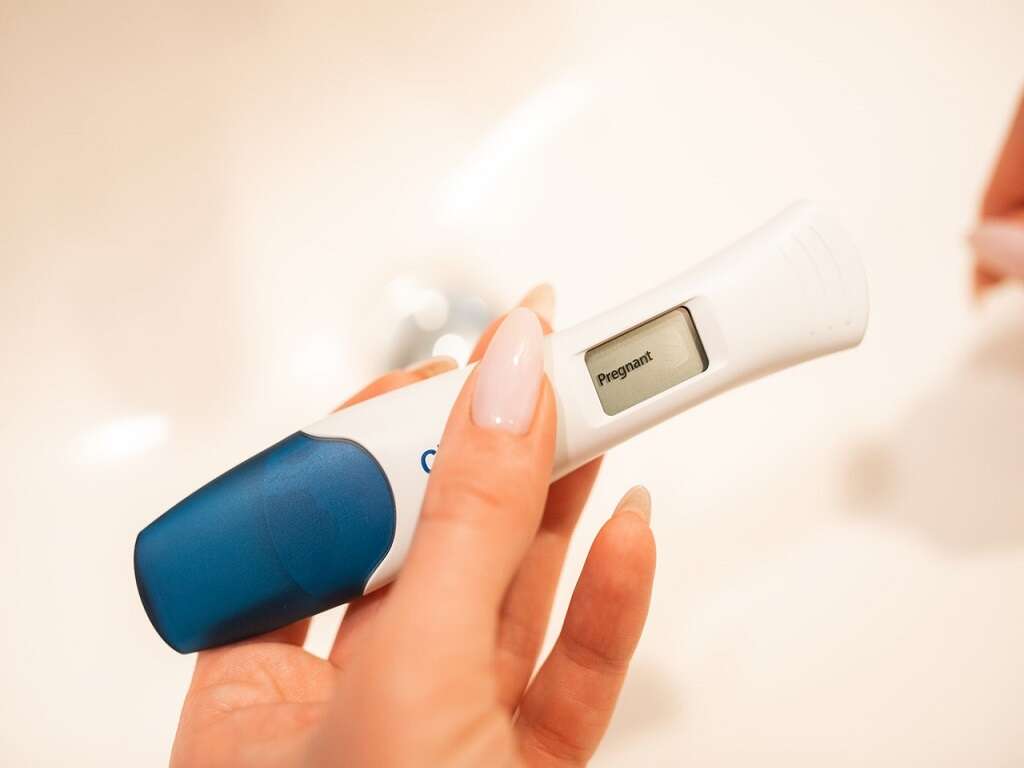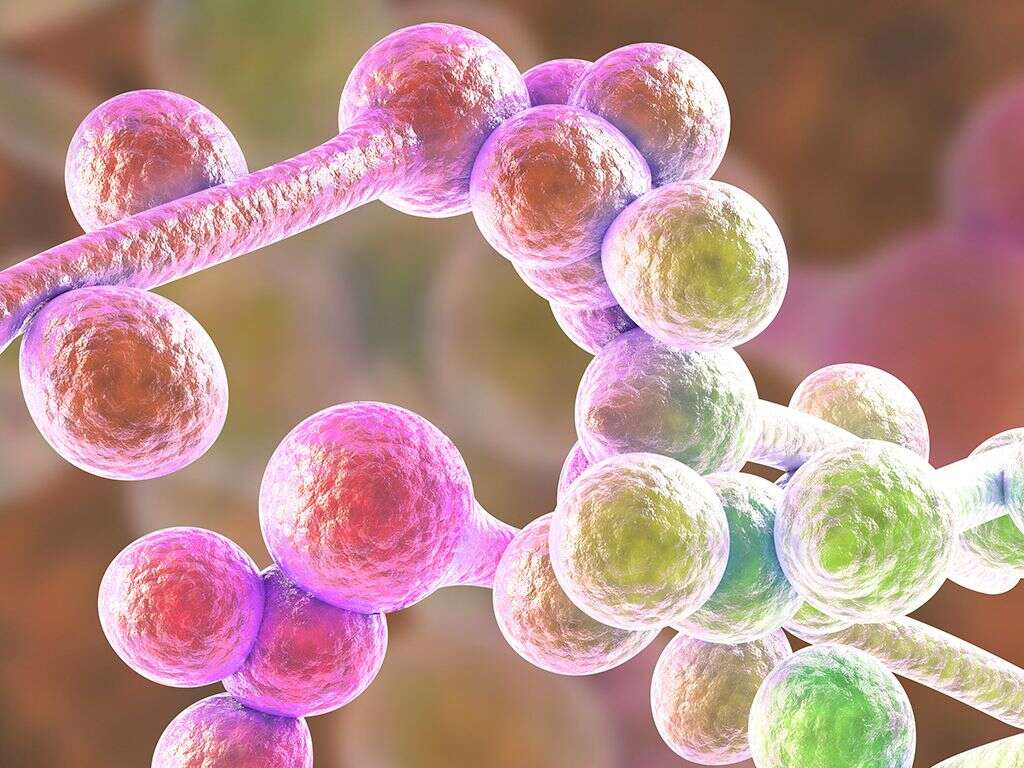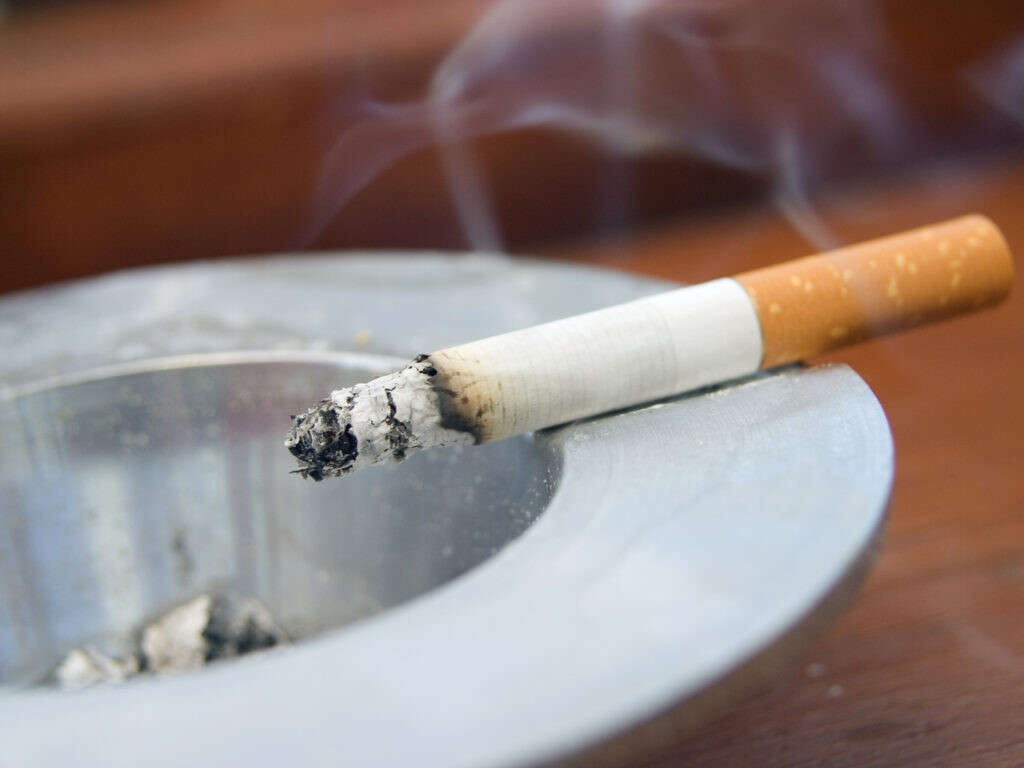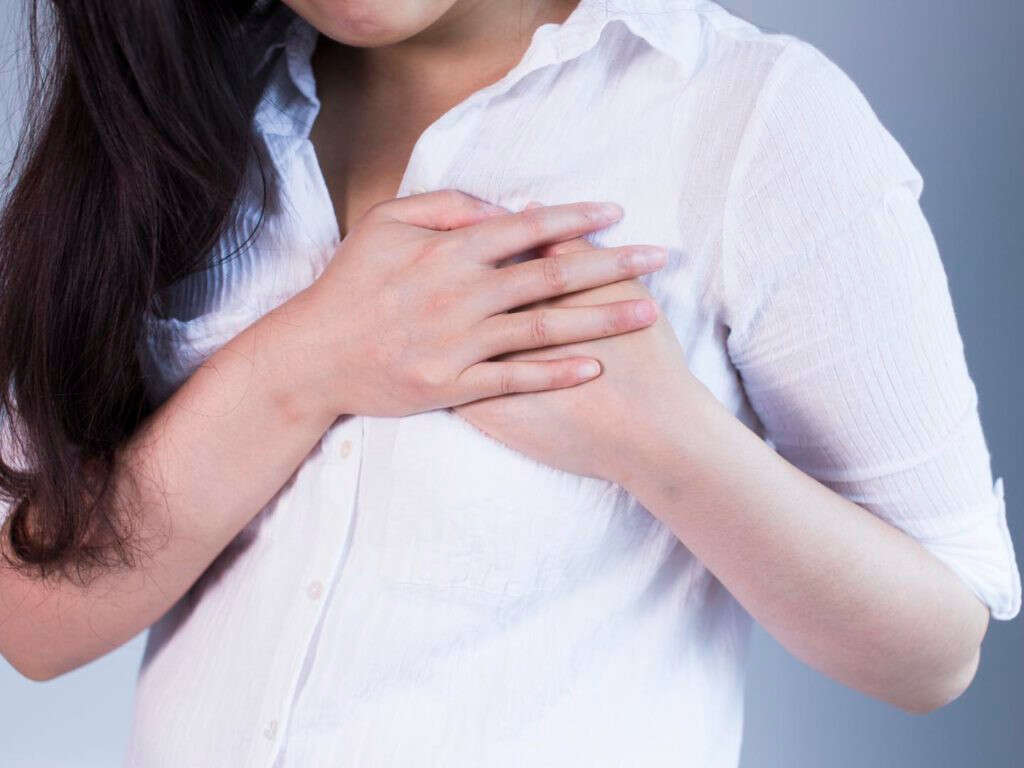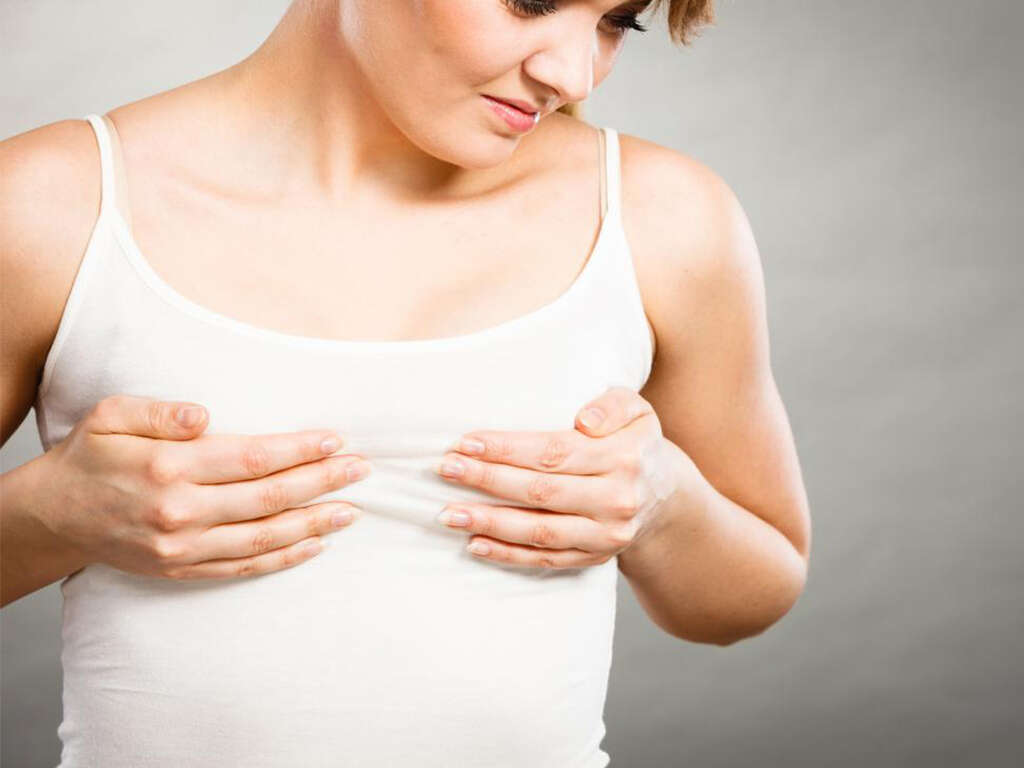10 Breast Cancer Symptoms
Breast cancer in the US accounts for over 30% of all cancer cases diagnosed in women, so it is important to recognize the magnitude of the problem in order to deal with this public health issue.
The sooner the diagnosis is made, the better the prognosis for the patient and many people go on to make a full recovery. It is very important that it is caught as early as possible so that treatment can begin straightaway. Leave it for too long and it might be too late.
Knowing the danger of late-diagnosis, breast self-examination is of paramount importance for detection. Nevertheless, patients should have a medical breast examination each time they go to their routine gynecologist appointment. Patients with higher risk, due to family history, predisposing conditions, age or any other risk factor, should ask their doctors for personalized scheduled mammography depending on their risk level.
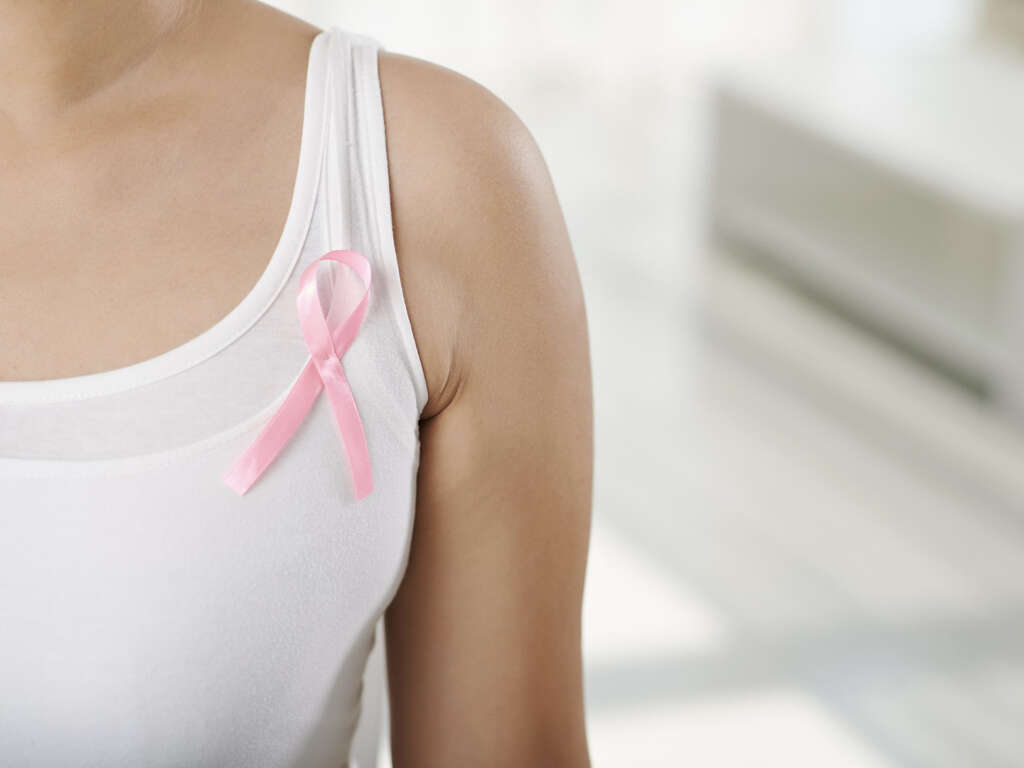
Symptom #1: A Lump
One of the first signs that you may have breast cancer is that you discover a lump in your breast. It is often painless and you may not even notice it at first.
A lump in the breast is usually something quite harmless, so there is no reason for alarm straightaway. Regardless, you should still get it checked out as soon as you can. If it does turn out to be breast cancer then it will be easier to treat the sooner you catch it.
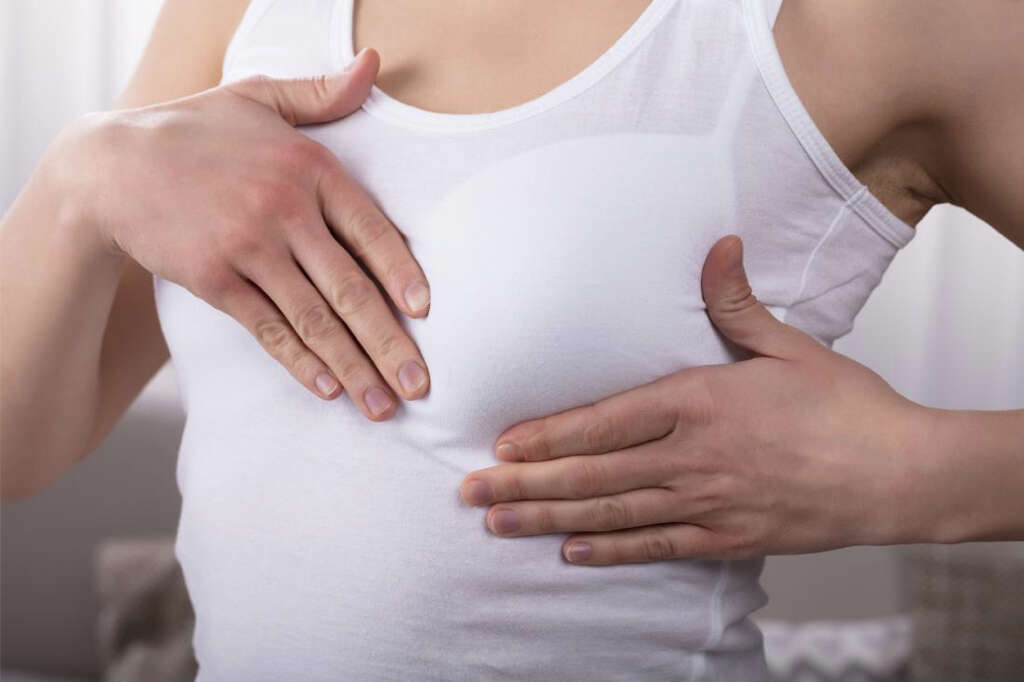
Symptom #2: Breast Pain
It is not usual for pain to be felt in the breast area, although there may be occasions where you manage to injure yourself somehow. A pain in the breast can also just be a part of life’s regular aches and pains so it can be easy to overlook to begin with.
It is not normal, however, for a pain to remain for long, especially when there is no injury. If you are experiencing prolonged pain in your breast then you should speak with a doctor to get it checked out as soon as you can. The same goes if you are experiencing ongoing pain in any of your nipples.
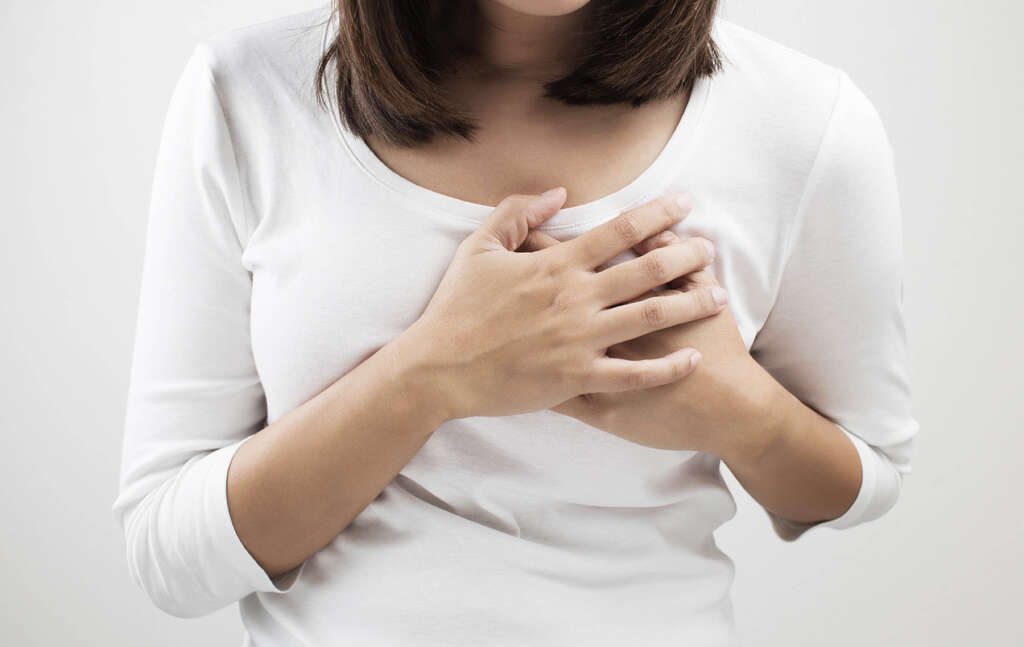
Symptom #3: Nipple Discharge
Nipples have evolved to be a kind of valve that allows babies to drink milk from the breasts. All they need to do is to suck and any milk available will flow freely from the breast into their mouth. Milk might also seep from the breasts when they are full, even when a baby is not suckling on them.
Despite this, it is not normal for nipples to have any discharge otherwise. If you are experiencing discharge without a good reason then you should arrange to get it checked out. Get it checked sooner rather than later and you are giving yourself a better chance of a good outcome.

Symptom #4: Recently Inverted Nipple
Nipples come in different shapes and sizes. They will mostly protrude from the breast in order to make it easier for a baby to take a hold with its mouth and drink milk from the breast. They can sometimes be inverted, though, but that is also fine provided a baby is still able to drink from them.
Inverted nipples in themselves are nothing to be concerned about, it is quite normal. If they have only just recently become inverted, however, then this could be a sign that all is not well. Make sure you see a doctor as soon as you can to be sure that all is OK.
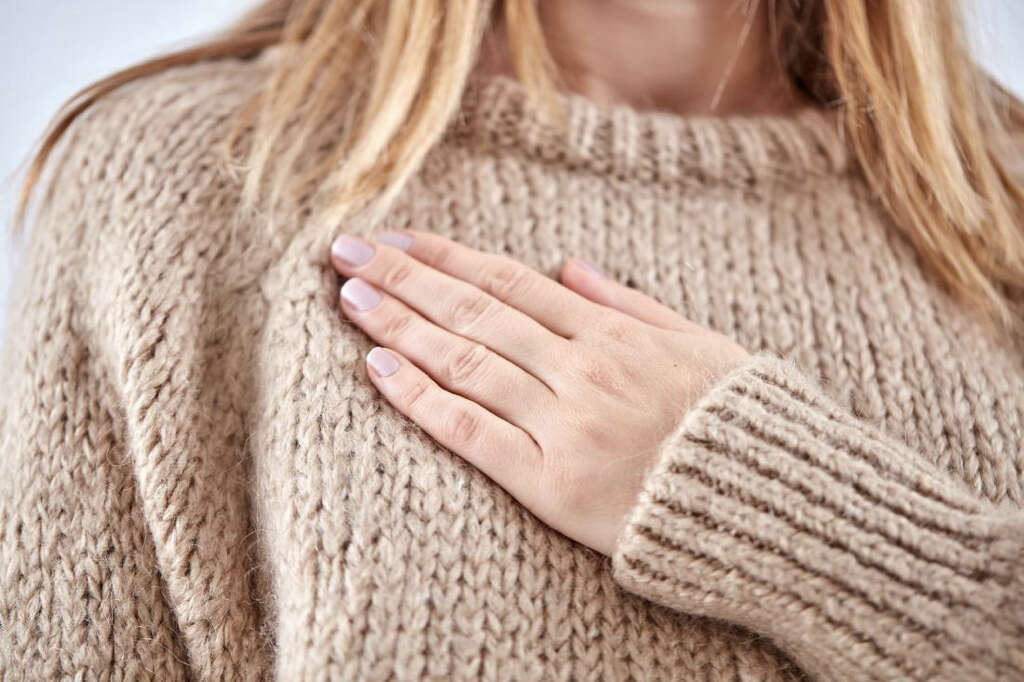
Symptom #5: Swelling
Breasts are generally quite uniform in size, although one side is often slightly larger than the other. Breasts do come in all different shapes and sizes but it is not usual for any part of a particular breast to appear swollen.
Swelling can be due to many reasons, like an injury or bruise in the area or a skin infection, but sometimes it can be a sign of something else. Be sure to get medical attention if you find any swelling in your breast that you cannot explain.
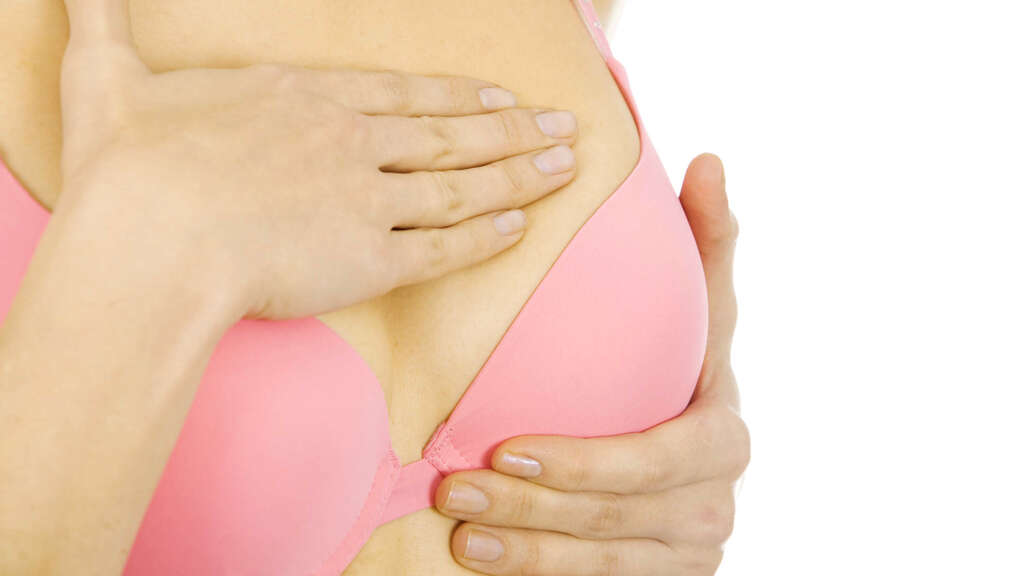
Symptom #6: Change in Appearance
Some women have breasts that are larger than other women’s breasts. Some have breasts that are lower or higher and some are wider or narrower. There are many different types but still, a woman’s breasts are likely to remain the same once they have fully developed. Asides from the effects of ageing and gravity, of course.
If you notice a change in color, shape or volume in any of your breasts, you should take this seriously, especially if the change is unilateral (only in one breast). If you see any deviation on your nipples or any deformity within the contour of your breast, you should seek medical attention.
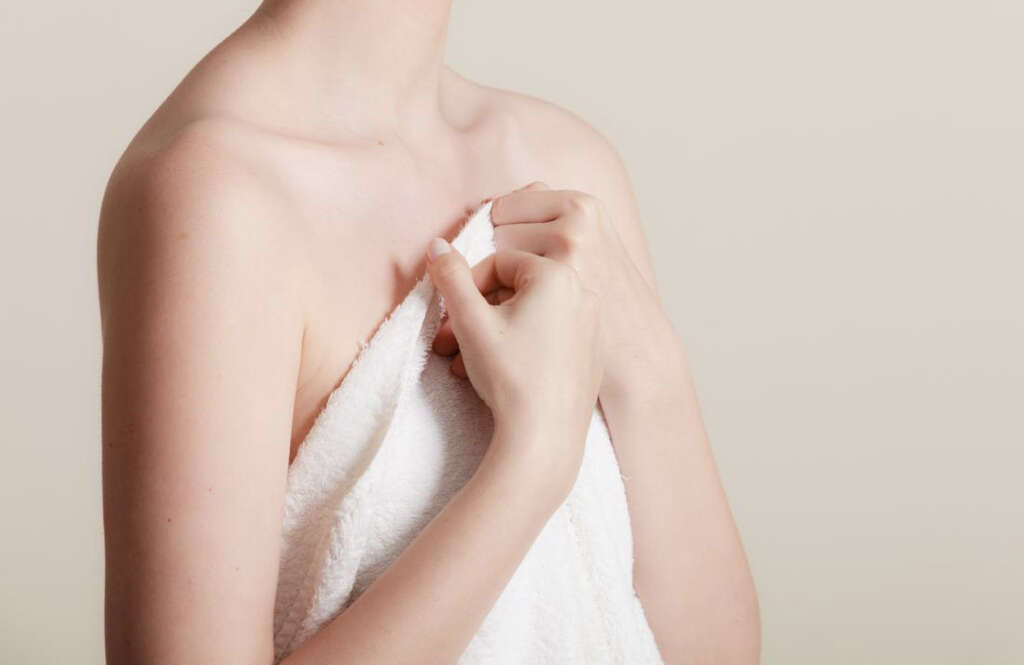
Symptom #7: Flaking Skin
The skin on the areola (the ring around the nipples) is usually quite smooth. It doesn’t usually experience much friction asides maybe from clothing or ill-fitting bras. As such, there are few reasons why this area should not remain smooth, although breast cancer can change
In cases of breast cancer, the patient will often find that the skin on the areola can become rough, scaly, and flaky. If this occurs without good reason then it will be a good idea for you to get it checked out. It might turn out to be nothing, but still, medical professionals will always recommend you should get it checked regardless.
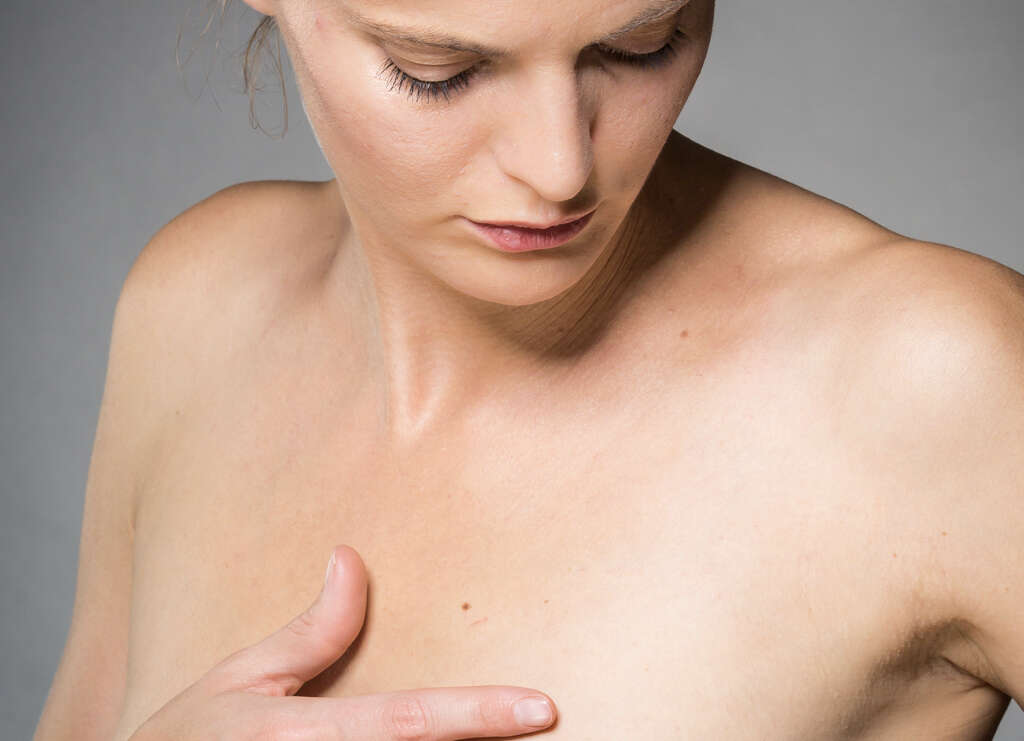
Symptom #8: Pitted Skin
The skin of the breasts is generally quite smooth. The breasts are usually well-covered meaning that they are not usually affected by the weather as some other parts of the body are. The texture of the skin on the breasts will sometimes change, though, and this is a sign that you need to be aware of.
One fairly common sign of breast cancer is skin that becomes “pitted.” It is often described as the skin of an orange that has not yet been peeled. It might be something quite harmless, but it is still a good idea to get it checked by a medical professional anyway.
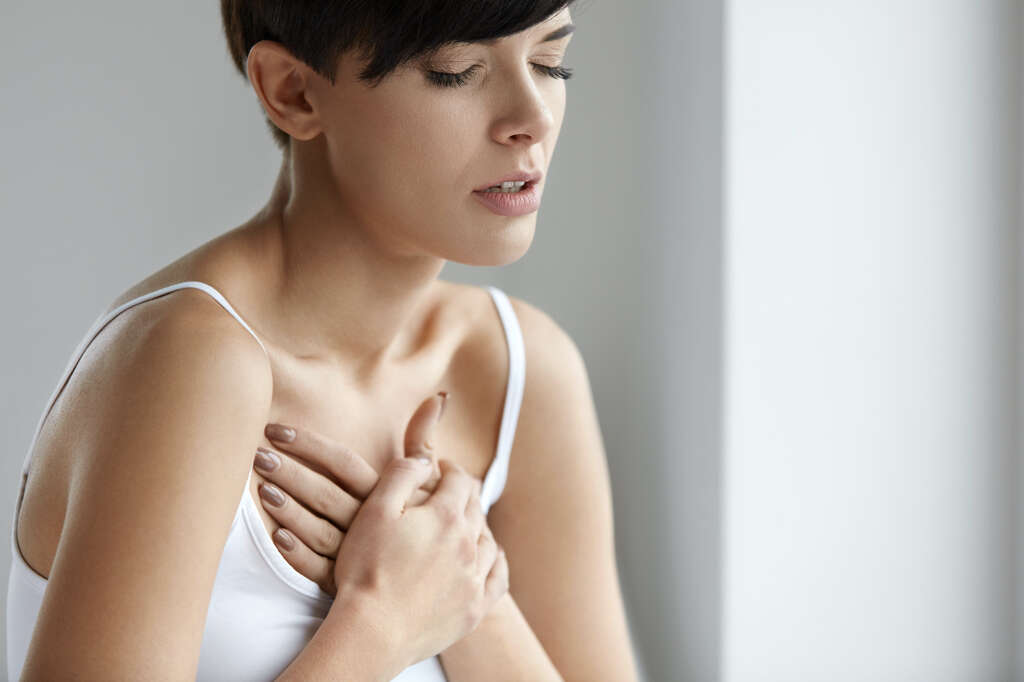
Symptom #9: Thickened Skin on Breast
It is not uncommon for some parts of our body to develop thickened patches of skin. This most commonly occurs on the feet and hands as regular friction causes the skin to become thicker over time. Particularly thick patches are called callouses and they are generally harmless, even if they do need to be filed down from time to time.
There is no reason for the skin on the breast to become thick in the same way, however. It does not experience regular friction, although you might find some thicker patches where tight-fitting clothing and bras have caused some friction. If a patch of skin on your breast does get thicker, it is a good idea to get it seen to by a professional.
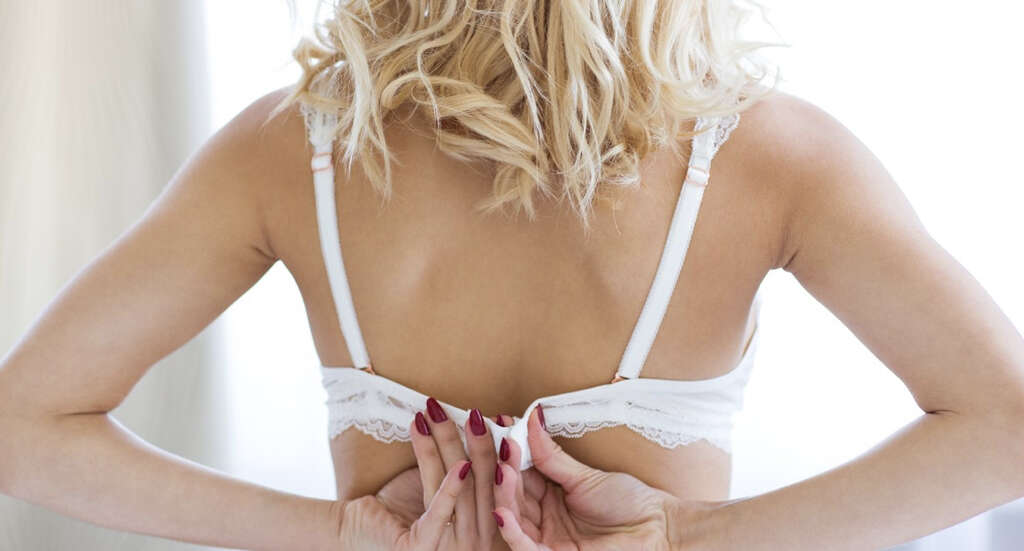
Symptom #10: Swollen Lymph Nodes
The lymph nodes are an important part of the immune system and help to filter pathogens from the bloodstream. When we are ill, they can sometimes become swollen as a normal response against an infection.
Sometimes, breast cancer can spread to the lymph nodes (usually to the axillary lymph nodes) and this can cause them to become swollen. This means that if your lymph nodes are swollen for no apparent reason then it is a good idea to make an appointment with your doctor. Doing so could be making things a lot easier for yourself in the long term.




